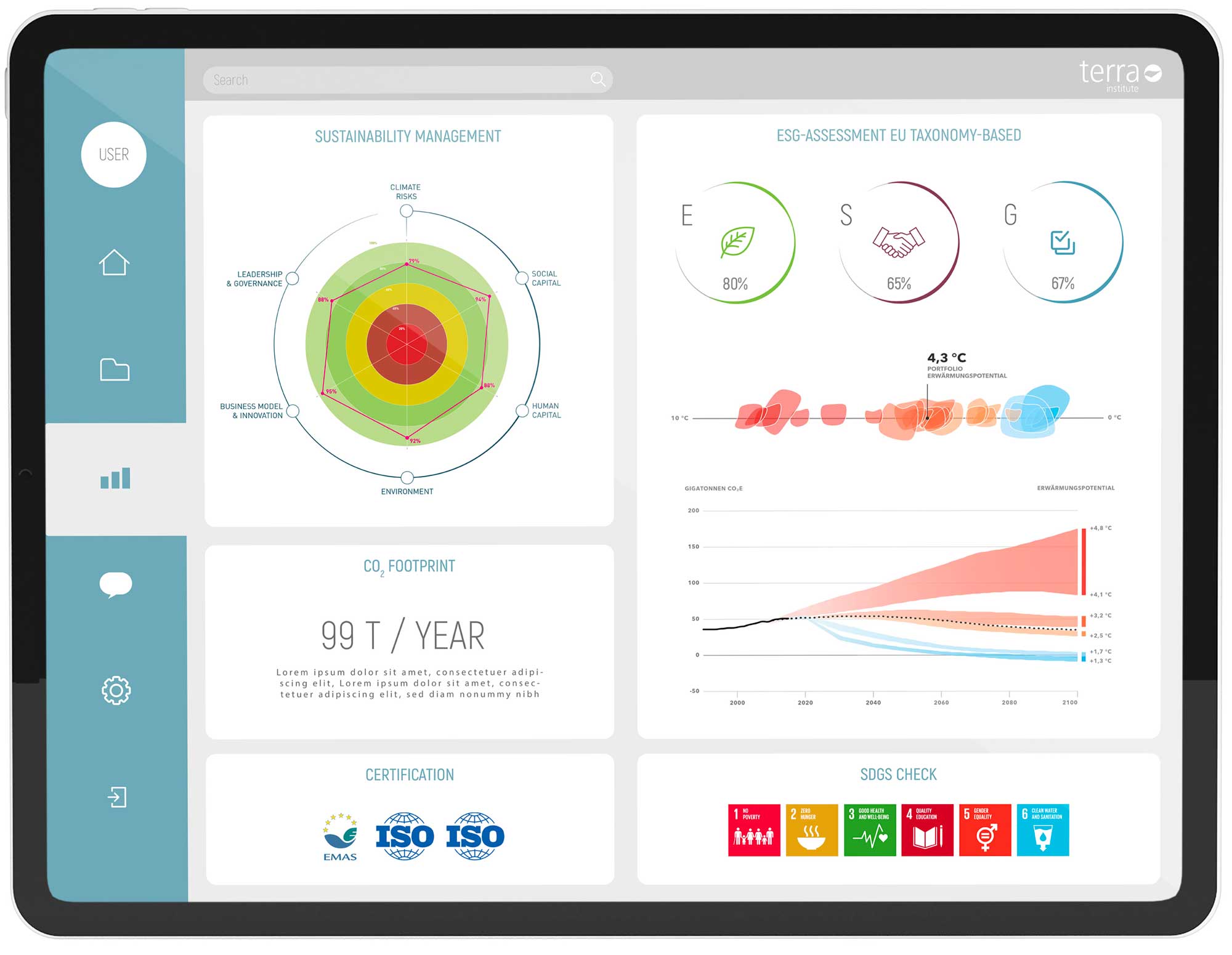Key Take Aways
• The Nature Restoration Law affects agriculture and forestry, fisheries and the marine sector, urban development and construction, tourism and the financial sector
• Objective: Restore ecosystems, habitats and species in the EU’s terrestrial and marine areas
– long-term and sustainable restoration of biodiverse and resilient nature
– contribute to the EU’s climate change mitigation and adaptation goals and to the fulfilment of international commitments
ON 22 JUNE 2022, THE EU COMMISSION PRESENTED THE NATURE RESTORATION LAW, A FAR-REACHING REGULATION DEVELOPED AS PART OF THE EU BIODIVERSITY STRATEGY FOR 2030 AND THE GREEN DEAL. IT WAS FINALLY ADOPTED BY THE EU COMMISSION ON 17 JUNE 2024 AND COMES INTO FORCE ON 18 AUGUST. THIS LEGISLATION MARKS A SIGNIFICANT STEP TOWARDS RESTORING EUROPEAN NATURE, WITH THE AIM OF PROMOTING THE HEALTH AND RESILIENCE OF ECOSYSTEMS WHILE ACHIEVING ECONOMIC BENEFITS.
TO WHICH SECTORS DOES THE NATURE RESTORATION LAW APPLY?
The Nature Restoration Law applies to a wide range of sectors, including agriculture and forestry, fisheries and marine industries, urban development and construction, tourism and the financial sector. Its measures are aimed at restoring habitats and restoring biodiversity. At least 20% of land and marine areas in the EU are to be brought into a state of restoration by 2030, with all necessary ecosystems restored by 2050. This applies in particular to
- Agriculture: the regulation calls for measures to improve the population of grassland butterflies, the organic carbon content in arable soils and to promote agricultural land with high landscape diversity.
- Forestry: One focus is on increasing the population of forest birds and ensuring that there is no net loss of urban green spaces and tree canopy cover by the end of 2030.
- Cities: Urban ecosystems are to be supported by specific measures to maintain and expand green spaces and tree canopy cover.
WHAT DOES THIS MEAN FOR COMPANIES?
The implementation of the Nature Restoration Law brings with it various challenges and opportunities for companies.
Agriculture and forestry: Companies in these sectors are encouraged to implement sustainable practices. This may require initial investment, but offers long-term cost savings and benefits through healthier soils and more robust harvests. In addition, the protection of pollinators, such as wild insects, contributes to food safety.
Cities and municipalities: Municipalities and businesses in urban areas must ensure that green spaces and tree canopy cover are not only maintained but also expanded. This not only promotes quality of life, but can also increase property values and improve the urban microclimate.
Financial sector: Financial institutions are called upon to direct their investments towards projects that promote biodiversity conservation. At the same time, investments should be analysed for biodiversity risks in order to ensure long-term sustainability.
WHY IS BIODIVERSITY RELEVANT FOR THE ECONOMY?
Biodiversity plays a crucial role in the functioning of our economy. Healthy and diverse ecosystems provide countless services that are essential for the survival and prosperity of our society. Here are some reasons why biodiversity is of great economic importance:
Ecosystem services: These include pollinating crops, regulating the climate, purifying water and providing nutrients. Healthy ecosystems therefore secure the foundations for many economic sectors.
Jobs and economic growth: Nature conservation and the restoration of ecosystems create jobs in areas such as landscape conservation, organic farming and tourism. Studies show that every euro invested in nature restoration can lead to a profit of 4 to 38 euros.
Risk minimisation: Companies that invest in sustainable practices reduce their long-term dependence on natural resources that are threatened by biodiversity loss. This contributes to the stability and resilience of the economy.
MEASURES AND IMPLEMENTATION
In order to achieve the objectives of the Nature Restoration Law, EU member states must develop national restoration plans, which must be submitted to the EU Commission and implemented by 2033. Progress is measured and reported using EU-wide biodiversity indicators. This ensures that the measures are effective and can be continuously adapted.
INTERESTING FACTS AND CONCLUSION
The urgency of these measures is underlined by worrying facts: 81% of habitats in the EU are in poor condition and a third of bee and butterfly species are threatened with extinction. These facts emphasise the need for immediate and comprehensive action.
In summary, the Nature Restoration Law marks a significant step towards a sustainable future. It calls on companies and states alike to fulfil their responsibility towards the environment and to take measures that are both ecologically and economically beneficial in the long term. Promoting biodiversity not only protects nature, but also lays the foundation for a stable and prosperous economy.
Sources:
Author

Evelyn Oberleiter Co-founder and CEO of Terra Institute. She has been accompanying companies in deep transformation processes for 20 years and focuses on organizational development, corporate culture processes, and sustainable leadership approaches. Evelyn possesses high process competence and result orientation, extensive analytical and reflective abilities, high communication skills, and a pronounced systems thinking. As a personal coach, she primarily accompanies people in top management.










